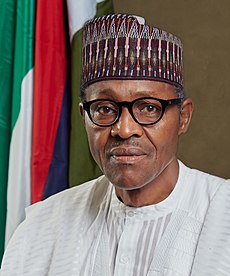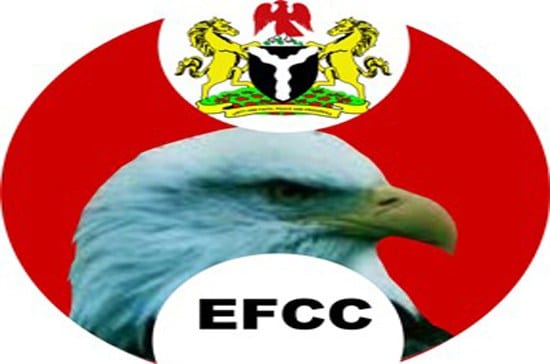Nigerian Communications Satellite Limited is an agency, registered in July 2006 and domiciled under the Federal Ministry of Communications. Its activities are expected to revolutionise information and communication technology in Nigeria, as well as improve national security, broadcast, internet access, and e-governance.
NIGCOMSAT is a critical national asset which needs to be made more viable to be put on the path of sustainability. The agency’s services are crucial in the health, education, and extractive sectors as the government of Nigeria tends to look into e-governance. In fact, information has it that a year after its establishment, NIGCOMSAT launched the first Sub-Saharan Africa’s geostationary communication satellite. This came with so much excitement and jubilation.
However, the Company, despite its importance, was in a dilemma, most importantly due to the debate of either privatization or commercialization of its assets. Stakeholders have appealed to the Federal Government to allow NIGCOMSAT to prove its worth by giving the agency another chance to improve its commercialization viability.
The reason for this debate is not far-fetched. It has not been very viable. The company is faced with challenges emerging from different quarters.
It is pertinent however for the Federal government to bim its searchlight in the goldmine embedded in this obscure government agency. If the Government and its mother Ministry could realise how important this company is, particularly in terms of commercial activities, then more focus and attention could be shifted unto it.
Though, stakeholders have commended the Chairman of the Board of NIGCOMSAT, Dr. George Mogalu; the MD, Dr. Abimbola Alale and a host of other managerial staff of the Agency, who they say are optimistic that the challenges being faced could be surmounted.
The Geostationary satellites launched by NIGCOMSAT in 2007 are a key tool for scientists to monitor and observe the Earth’s atmosphere. They are called geostationary due to their movement. Geostationary satellites orbit around the Earth at the same rate as the Earth rotates so that the satellites are over the same spot on Earth all the time. The basic idea of the satellites was to foster the economic development of the African region.
Continuously increasing demand for services provided by geostationary satellites requires a capable and enhanced satellite bus to support multi-mission communication satellites. This is where NIGCOMSAT needs to improve on, as the initial satellite launched in 2007 reportedly failed.
The importance of optimizing the mass/volume ratio in efficient and advanced spacecraft in terms of mass, power, thermal and other
requirements should not be underestimated. NigComSat-1 failed in orbit after running out of power due to an anomaly in its solar array.
A global passive communication infrastructure remains an attractive method to meet communication market demand especially in areas with inadequate terrestrial telecommunication networks.
NigComSat’s vision has always been to be “the leading satellite operator and service provider in Africa” by exploiting the commercial viability of the country’s communication satellite(s) for its socio-economic benefits. Despite its little revenue, the Agency has been striving to maintain its first position amongst its peers in other nations.
Under the leadership of Dr. Abimbola Alale, NIGCOMSAT has moved ahead in improving its operations by getting an International Standard Organisation (ISO) certification. This will help in ensuring that digital mobile operators and telecommunications companies in Nigeria, tap into the satellite services from NIGCOMSAT- 1R rather than tapping from foreign groups.
NigComSat-1R was built in China in 2004, being Africa’s first communication satellite. It was launched on 13 May 2007, aboard a Chinese Long March 3B carrier rocket, from the Xichang Satellite Launch Centre in China. The spacecraft was operated by NigComSat and the Nigerian Space Agency, NASRDA. The satellite was based on the Chinese DFH-4 satellite bus, and carries a variety of transponders: 4 C band; 14 Ku band; 8 Ka band; and 2 L band. It was designed to provide coverage to many parts of Africa, and the Ka band transponders would also cover Italy.
On 19 December 2011, a new Nigerian communications satellite was launched into orbit by China in Xichang. The satellite according to former President Goodluck Jonathan which was paid for by the insurance policy on NigComSat-1, would have a positive impact on national development in various sectors such as communications, internet services, health, agriculture, environmental protection and national security.
These are potentials which if properly harnessed, will put Nigeria on the global map.
Though the leadership of the Agency has woken up to its responsibilities, there are still more yearnings from stakeholders, calling on the Federal Government to look into this agency under the Federal Ministry of Communications. With this goldmine, the Agency needs to strive to be more productive and provide efficient services to make the company more viable.
Stakeholders are optimistic that the restructuring process for NIGCOMSAT Limited has pitched it for the next level, giving room for innovative thinking, efficient services delivery and improved visibility across the Country.
Olamide Adeniji is a member of the Editorial Board of TheScript Newspapers




